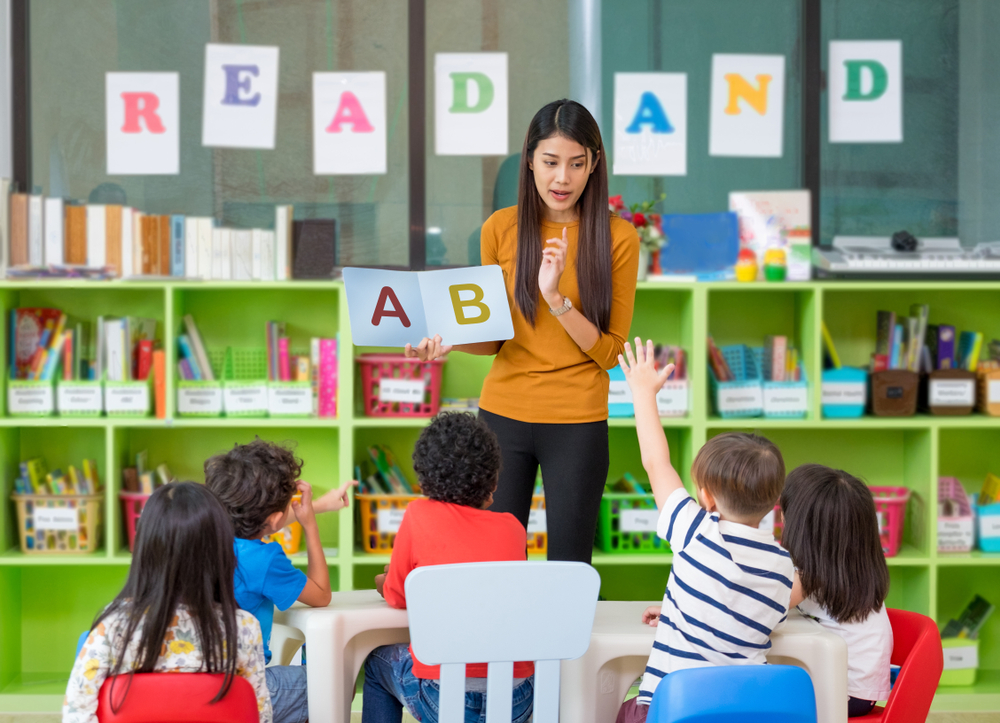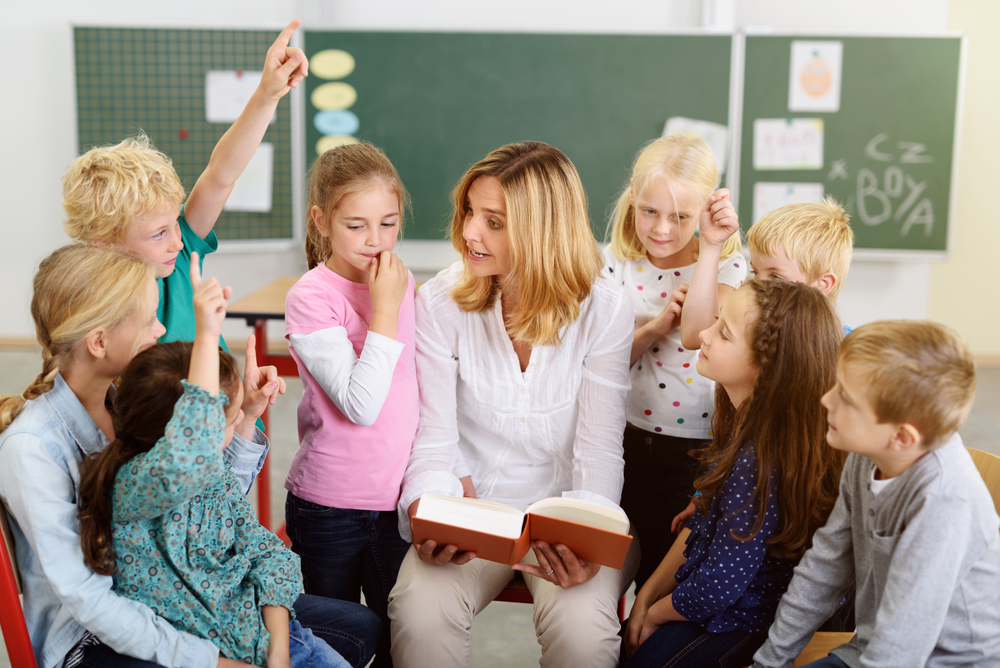
When we send our students to school, part of what we hope they will learn is how to read. Reading is one of the most important skills they will need when they become adults. Yet literacy rates in the United States are not what they could be, and very few students read for leisure or find reading enjoyable.
In a world of television and streaming services, video games, and the Internet, it is easy to blame devices and screens for students lagging behind in literacy. However, educators have been examining the way reading is taught for decades, and a variety of theories and techniques have emerged.
Some teaching techniques have been proven to be very effective, while others have been shown to confuse students or even hinder their literacy altogether. There are some methods of teaching literacy that are so embedded that educators can’t imagine any other way.
The technique known as “finding the main idea” is one of the methods most ensconced in education, and also one that has been controversial recently. While many educators use it, is it really a good way to learn to read?

Why Reading Is Vital to Life
The importance of learning to read cannot be overstated. Reading is everywhere in adult life, from traffic signs to recipes to instructions. We read when we fill out forms, file our taxes, or or examine labels, reading is an important part of that.
What is reading? It is the ability to understand how our letters become words, how our words become sentences, and how our sentences convey ideas. Reading is about communication and is a form of listening, which means being able to decipher the message received. If people don’t understand what they are reading, they are unable to receive the message the writer is intending to convey. This makes comprehension an essential element of literacy.
Understanding words comes with both expanding vocabulary and with exposure to experiences that help readers see the words in action. Adult life is full of jargon and complex terms, but readers who are underprepared will find themselves behind if they are not taught effective literacy skills when they are learning to read as young students.

What Is “Finding the Main Idea”?
The premise of teaching students to find the main idea in their reading is that if they can identify the central theme of a sentence or paragraph, they will gain understanding of the paragraph. Building upon this knowledge, they can then gain insight into the main idea of essays and longer works.
The process starts by identifying the topic of the work and looking for certain types of sentences and phrases. Through these cues, it is believed that students can identify the central message the writer is trying to convey. Phrases and sentences that state or imply a main idea are considered, and emphasis is placed on the first and last sentence of the opening paragraph.
In later grades, this method is also taught when it comes to writing essays. The introductory paragraph is intended to convey a main idea, and each subsequent paragraph has a sentence with a main idea that supports the point of the introduction. This may be an effective tool for learning to write, but is it helpful when learning to read?
Problems with Finding the Main Idea
For students learning to read, there are flaws with teaching this method. Finding the main idea may help identify overall themes of a work, but students miss out on a lot of details when using this method.
Understanding Different Topics
Finding the main idea favors those who have knowledge about specific words. For example, if a reader is not familiar with baseball, words like “slider” and “innings” will be confusing, while a baseball fan will have a clear image of the intention of the text.
This favors students with more experiences, which also favors privileged students over students in poverty or with few nearby cultural experiences. Students with less exposure to ideas and traditions outside their immediate community have little context when it comes to reading about them. Specialized words have no meaning when there isn’t something to relate them to. Finding the main idea becomes more difficult when students can’t find cues buried in words they’ve never been exposed to.
Knowledge of a variety of topics comes from exposure to both the words and the concepts. Reading can introduce these topics, but they can be further experienced through other media, including the Internet, video, and interactive games. Relating new concepts to the words associated with them helps readers engage with ideas, rather than just reading about them.

Readers Are Learning Fewer Words
Building vocabulary helps students understand more concepts, which enables them to engage with reading materials. However, relying on “finding the main idea” teaches students to seek out specific words and phrases rather than absorbing the whole text.
Students form habits that leave out words and make reading a mechanical process. These habits include associating words with pictures or skipping words altogether to learn them through context. Students are taught to view words as a visual cue, rather than as part of their language.
This points to a need for phonics as part of learning to read skillfully. Students taught to pronounce the words they read become more skillful readers as words become something they actively learn. Learned words become more than icons on the page as students learn to sound them out, and new words become easier to discover when they are associated with the sounds we make.
People hear language when we talk, to “hearing” it when we read makes it easier for us to absorb what we are reading. Thankfully, the benefits of phonics are being revisited by educators when designing reading programs.
Experiencing Reading
Schools are now experimenting with new methods for teaching students to read. Teachers are relying on integrated techniques to teach English Language Arts (ELA) by teaching reading in tandem with other subjects. This gives students experience with a variety of topics and the words associated with them.
Getting students involved with what they read has proven to help students improve literacy. It provides context for them to understand what they are reading, which builds a foundation for learning from more complex explanations. Direct experience is always best, but lesson plans that include learning material can in turn improve literacy among students.
The results have been very telling as literacy rates where these methods have been used have improved at both the fourth and eighth grade level, even among students that started out behind. Educators are sharing their results, passing new ideas about teaching students to read from schools all over the country.

Do We Really Need to Find the Main Idea?
It is a simple matter to teach students to recognize words, but comprehension is harder to teach. Students need to be able to associate the words they see in constructive ways so they can derive meaning from what they read. “Finding the main idea” is only one useful skill in a variety of strategies that can help teach literacy.
However, using this method by itself establishes habits that can actually reduce literacy because students learn shortcuts that take them away from their language. Without language, communication becomes more difficult as words become less defined and the concepts they convey lose their potency.

 Español
Español